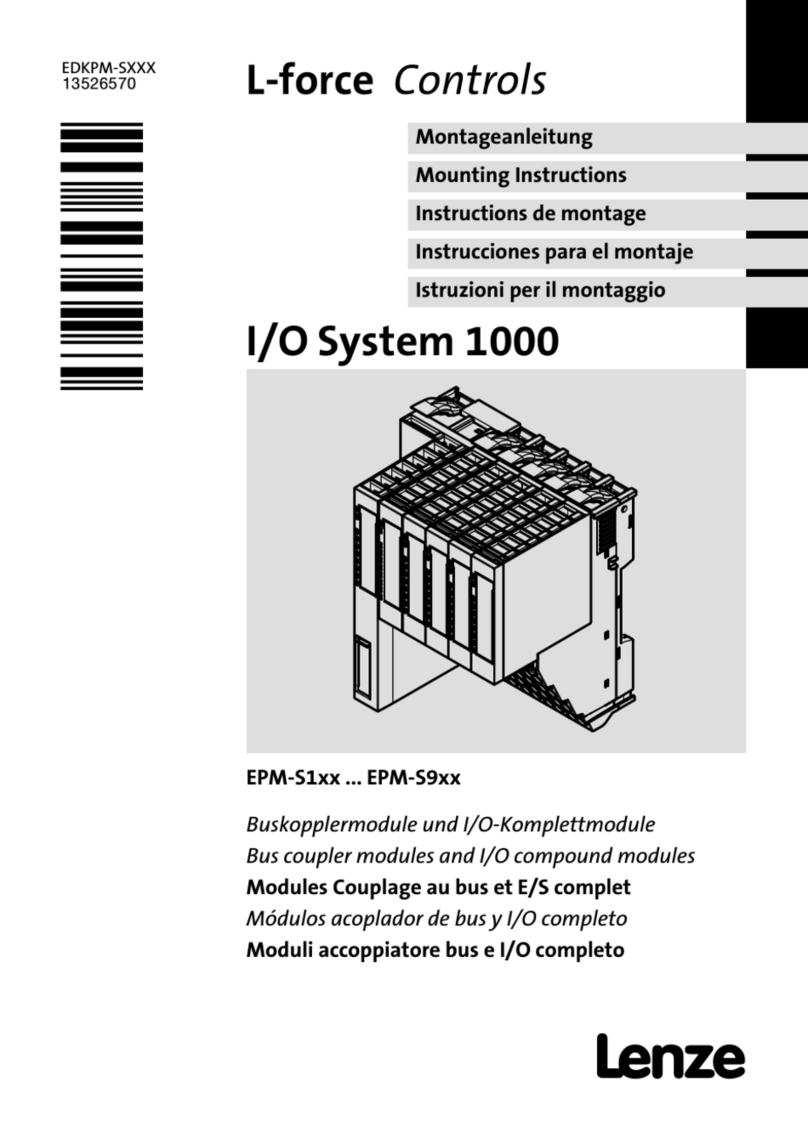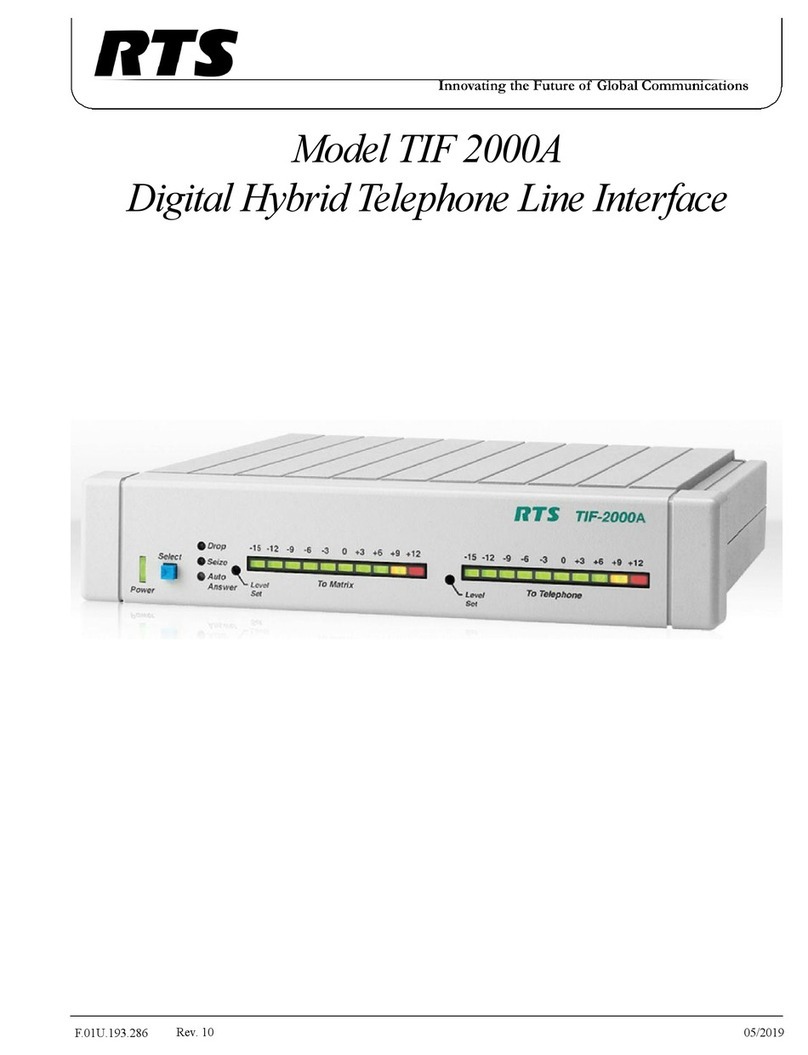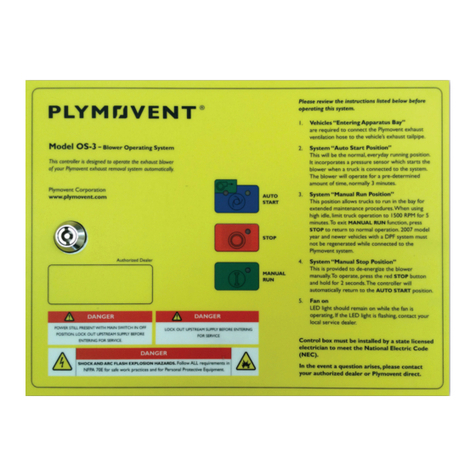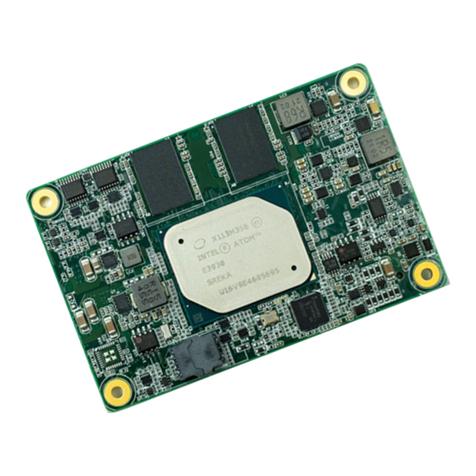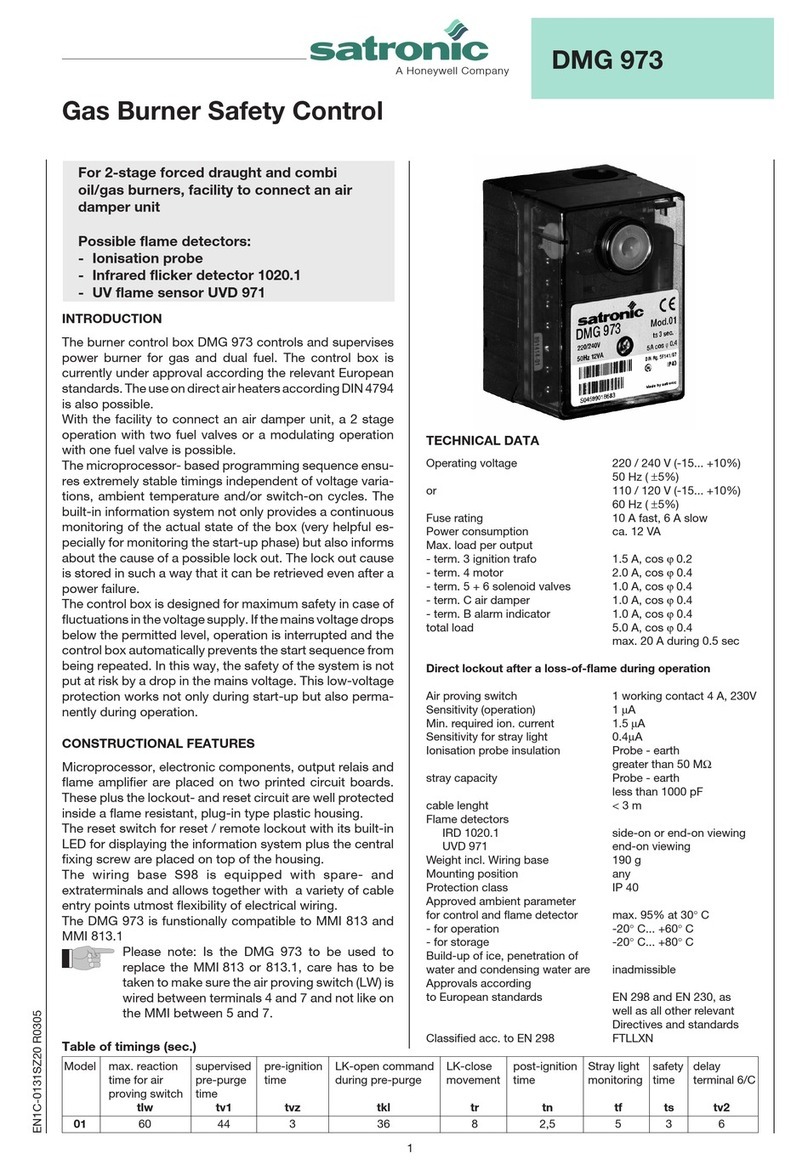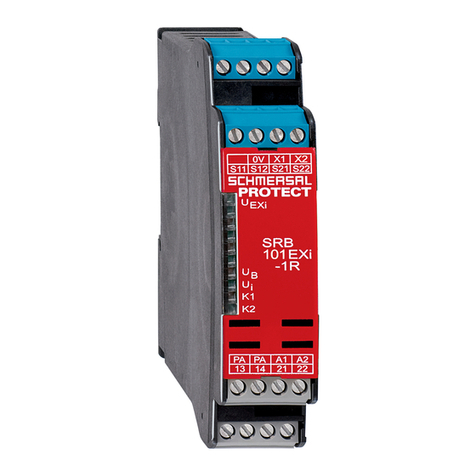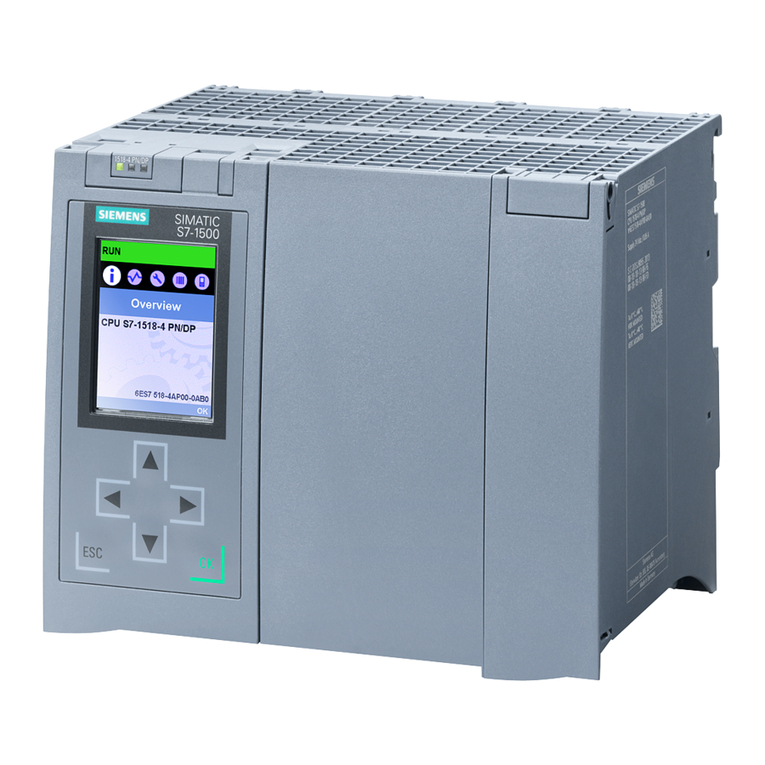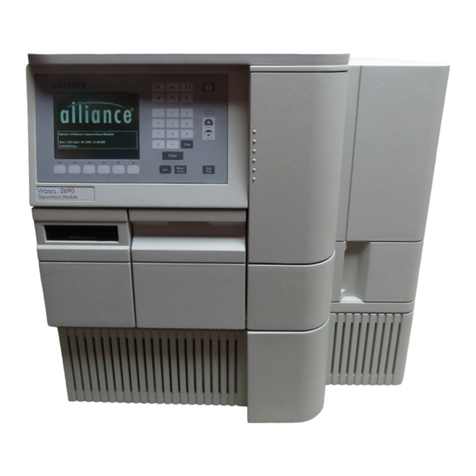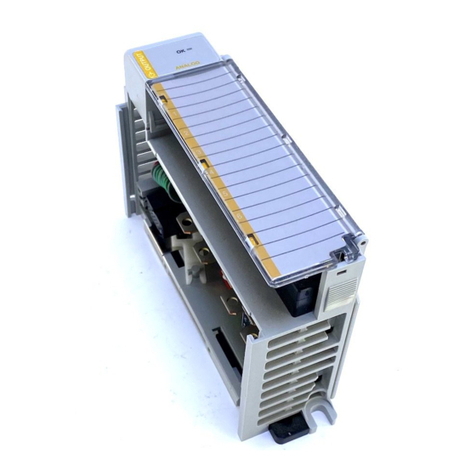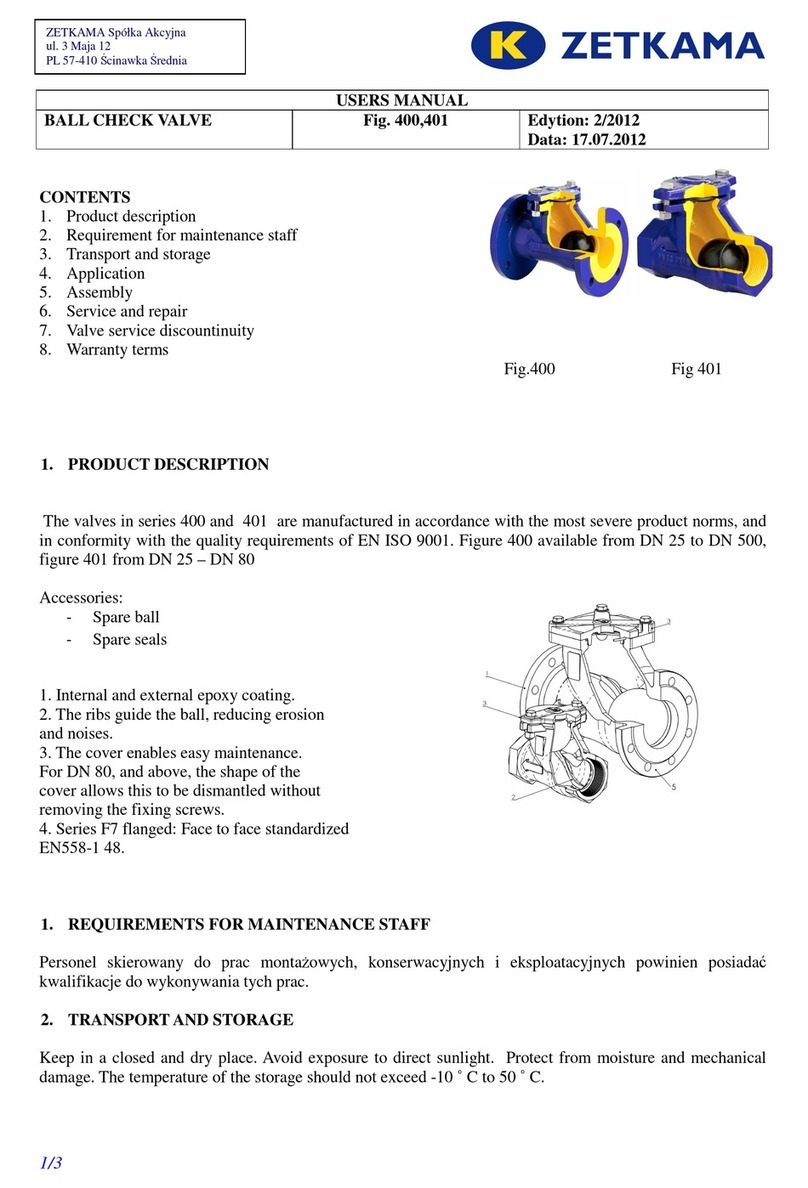CenterLine 200 Series User manual

MANUAL AND AUTOMATED
RESILIENT SEAT BUTTERFLY VALVES
INSTALLATION
and
MAINTENANCE
INSTRUCTIONS
CENTER
LINE

CENTER
LINE
3201 Walnut Avenue, Long Beach, CA 90807
562/426-2531
FAX 562/490-9546
CONTENTS
Introduction
Valve Description................................................................................................................................... 3
Valve Design Features .......................................................................................................................... 3
Flange and Pipe Schedule Compatibility............................................................................................... 3
Gasket Compatibility.............................................................................................................................. 3
Operating Pressures.............................................................................................................................. 3
Product Identification ............................................................................................................................. 3
Installation Recommendations
Valve Ratings ........................................................................................................................................ 4
Valve Seat Position ............................................................................................................................... 4
Disc Clearances .................................................................................................................................... 4
Opening Rotation................................................................................................................................... 4
Installation Position................................................................................................................................ 4
Valve and Flange Preparation ............................................................................................................... 4
Installation Tools.................................................................................................................................... 4
Required Bolting .................................................................................................................................... 4
Unpacking and Storage Instructions...................................................................................................... 4
Pre-Installation Procedure ..................................................................................................................... 5
Valve Installation Procedure............................................................................................................ 5 & 6
Flange Bolting Recommendations......................................................................................................... 7
Maintenance Instructions
Safety Precautions ................................................................................................................................ 8
General Maintenance ............................................................................................................................ 8
Butterfly Valve Disassembly .................................................................................................................. 8
Butterfly Valve Assembly................................................................................................................. 8 & 9
Check Valve Disassembly ..................................................................................................................... 9
Check Valve Assembly........................................................................................................................ 10
Ratchet Handle Mounting Procedure .................................................................................................. 10
Manual Gear Mounting Procedure ...................................................................................................... 10
Remote Actuator (Male Drive) Mounting Procedure............................................................................ 10
Remote Actuator (Female Drive) Mounting Procedure ....................................................................... 10
Parts List.............................................................................................................................................. 11
Centerline Figure Number System ........................................................................................Back Cover
2

CENTER
LINE
3201 Walnut Avenue, Long Beach, CA 90807
562/426-2531
FAX 562/490-9546
SERIES
BODY
DISC
SEAT
RATING PSI
Valve Description
The Center Line Resilient Seat Butterfly Valve (RSBFV) is
designed for use in ANSI Class 150 piping systems and is
available in both Wafer and Lug style body designs. The
standard valve size range available is as follows:
• Series 200 200 psi Standard BFV 2" to 12"
150 psi Standard BFV 14" to 36"
• Series 205 200 psi Short Neck BFV 2" to 12"
• Series 225 285 psi BFV 2" to 24"
• Series 400 Damper Style BFV 2" to 12"
• Series 800 Check Valve 2" to 24"
Center Line Series 225 Butterfly Valve are also available
with an ANSI Class 300 bolt pattern for Lug bodies of sizes
2" through 12".
Valve Design Features
• The unique Center Line seat and disc design insures
positivevalvesealingwhilemaintaininglowseatingtorque.
• All Center Line Butterfly Valve discs are precision ma-
chinedtoahalfballprofile,providingaprecisedisctoseat
relationship.
• Center Line's cartridge style seat incorporates an elas-
tomer bonded to a phenolic stabilizing ring, eliminating
elastomermovementandreducingseattearingorfatigu-
ing due to bunching.
• Center Line's basic three bushing design completely
isolates the valve shaft from the body, resulting in in-
creased control of the valve disc, lower valve seating
torque, and longer valve life.
• TheCenter Line cartridge seat has a much smallermass
of elastomer than traditional boot seat designs, limiting
seat swell and the accompaning variations in seating
torque.
Flange and Pipe Schedule Compatibility
TheCenterLineRSBFVisdesignedtofitbetweenstandard
piping flanges as follows:
• ANSI 125 Cast Iron Flanges (All Sizes)
• ANSI 150 Steel Flanges, Schedule 40 (All Sizes)
• ANSI 150 Steel Flanges, Schedule 80 (2" to 10")
• ANSI 300SteelFlanges,Schedule40(Series225Lug,
2" to 12" only).
WhenusingSchedule80piping,specialcaremustbetaken
to make sure the valve is centered between the flanges to
prevent damage to the disc edge when opening or closing.
3
INTRODUCTION
SECTION 1
CENTER LINE
Long Beach, CA
Gasket Compatibility
IntheCenterLinebutterflyvalveandcheckvalvedesign,the
elastomerseatextendsbeyond thevalvefaceandprovides
a leakproof seal between the valve and the mating pipe
flange faces. Gaskets are not needed and should not be
used when the valve is installed between standard weld
neck or slip-on type flanges.
Operating Pressures
AllCenterLineSeries200and205ButterflyValvesarerated
at200psibubbletightshut-offforsizes2"to12"and150psi
bubble tight shut-off for sizes 14" and larger. Center Line
Series 225 Butterfly Valves are rated for bubble tight shut-
offat285psi,whileSeries400DamperValveswhicharenot
designed for bubble tight shut-off have a body working
pressure of 200 psi. Center Line Series 800 Check Valves
are rated at a minimum pressure differential of 25 psi and a
maximum pressure differential of 150 psi for bubble tight
shut-off.
Product Identification
EachCenter Line valve has an identification tag attached to
the valve body. Information on this tag includes the valve
SeriesNumber,materialsofconstructionfortheBody,Disc,
and Seat, and the valve Pressure Rating.

CENTER
LINE
3201 Walnut Avenue, Long Beach, CA 90807
562/426-2531
FAX 562/490-9546
1.
2.
3.
4.
5.
6.
7.
8.
Check the packing list against the valve received to
verify that the size, material, and trim are correct.
Checktomakesurethatthevalveandoperatorwerenot
damaged during shipment.
When lifting the valve, take care to avoid damage to the
flange faces, disc sealing edge, or operator.
Ifthevalveistobestoredbeforebeinginstalled,itshould
be protected from harsh environmental conditions.
Store the valve with the disc in the “almost closed”
position to protect the sealing edge and the seat.
Keepthevalveinacleanlocation,awayfromdirt,debris
and corrosive materials.
Keep the valve in a dry area with the flanges protected
and on a suitable skid or pallet.
Keepthe valve in a cool location if possible, out of direct
sunlight.
Opening Rotation
The Center Line valve disc can rotate 360°without damag-
ing the valve or elastomer seat. The valve is designed to
open with either clockwise or counterclockwise rotation of
the shaft.
Valve Ratings
Center Line valves are intended for use at the pressure
indicated on the nameplate attached to each individual
valve.Check thevalveoperating temperature andpressure
rating before proceeding with installation.
4
INSTALLATION RECOMMENDATIONS
SECTION 2
Valve and Flange Preparation
If the valve and mating pipe are properly prepared for
installation, future problems can be avoided. All valve seat
and pipe flange faces should be free of dirt, grit, dents, or
surface irregularities which may disrupt flange sealing and
cause external leakage. The valve disc sealing surface
should also be inspected to eliminate any dirt or foreign
material that will adversely affect the operation of the valve.
Installation Position
To prevent damage to the disc and seat during installation,
the valve disc should be slightly open but not extending
beyond the valve liner face. Positioning the disc in this
“almost closed” position will reduce seat interference and
initial torque build-up during valve installation.
Ingeneral,itispreferabletoinstallRSBFV'swiththe shaft
in a horizontal orientation. In this position, shaft and disc
weights are evenly distributed, minimizing seat wear.
Additionally, any foreign matter which may accumulate at
the bottom of the disc and shaft is effectively removed
each time the valve is opened.
Center Line butterfly valves are designed to operate be-
tweentwoflanges.If the valve installation calls for theuse
of one pipe flange only, a Lug style valve with Dead End
Service feature must be used.
Disc Clearances
Prior to installing the valve, it is important to make sure the
IDofthepipeandthepipeflangesare largeenoughtoallow
thediscedgetoswingintotheopeningwithoutinterference.
Damagetothediscedgecanseverlyaffecttheperformance
of the valve. Flange and pipe schedule compatibility for
Center Line valves is shown in Section 1 of this manual.
Valve Seat Position
All Center Line butterfly valves are completely bi-directional,
soinstallationisnotdependentonseatorientation. ForCenter
LineSeries800CheckValves,everyeffortshouldbemadefor
installationwithbackflowprotection(noflow)intotheseatside
of the valve. Bubble-tight shutoff will be achieved in this
orientation with 25 to 150 psi ∆P across the valve.
Unpacking and Storage Instructions
Installation Tools
The only tool required in the installation of a Center Line
RSBFV is a wrench suitable for tightening the flange bolts
and/ornutsrequiredtosecurethevalvein-line.A hoistmay
berequiredtohelpmanipulatevalves10"andlarger.Smaller
sized valves can usually be installed by hand. Temporary
pipe supports may be used to keep mating flange faces
parallel in order to aid in valve installation.
Required Bolting
ThetableoutlinedonPage7isfurnishedtoprovideinforma-
tion regarding the size, type, and quantity of bolting recom-
mended for the installation of Center Line RSBFV's. This
table is intended for use as a planning and procurement
guide. All recommendations are based on pipe flanges in
accordance with ANSI 125/150 specifications. Flange bolt-
ing is not included with the valve shipment.

CENTER
LINE
3201 Walnut Avenue, Long Beach, CA 90807
562/426-2531
FAX 562/490-9546
Remove any protective flange covers from the valve.
Inspect the valve to be certain the waterway is free from
dirtandforeignmatter.Becertaintheadjoiningpipelineis
freefromanyforeign materialsuchas rustandpipe scale
or welding slag that could damage the seat and disc
sealing surfaces.
Any actuator should be mounted on the valve prior to
installation to facilitate proper alignment of the disc in the
valve seat.
Checkthe valve identification tag for materials, and oper-
ating pressure to be sure they are correct for the applica-
tion.
Checktheflangeboltsorstudsforpropersize,threading,
and length.
INSTALLATION RECOMMENDATIONS
5
Pre-Installation Procedure
1.
2.
3.
4.
5.
Personal injury or property damage
may result if the valve is installed
where service conditions could ex-
ceed the valve ratings.
WARNING!
Position the connecting pipe flanges in the line to insure
proper alignment prior to valve installation. Spread the pipe
flanges apart enough to allow the valve body to be located
between the flanges without actually contacting the flange
surfaces(SeeFigure1.)Exerciseparticularcareinhandling
thevalvesoastopreventpossibledamagetothediscorseat
faces.
Valve Installation Procedure
For Lug style valves:
a. Place the valve between the flanges.
b. Install all bolts between the valve and the mating
flanges. Hand tighten bolts as necessary.
For Check Valves:
a. Note the opening direction of the disc for proper
valve orientation.
b. Place the valve between the flanges using the four
(4) alignment holes provided.
c. Install the remaining flange bolts, shifting the valve
asnecessarytopermittheboltstopassbythevalve
body. Hand tighten bolts as necessary.
2.
3.
4.
5.
6.
Beforecompletingthe tighteningofanybolts,thevalve
should be centered between the flanges and then
carefully opened and closed to insure free, unob-
structed disc movement (See Figure 2.)
Using the sequence shown in Figure 3, tighten the
flange bolts evenly to assure uniform compression.
If an actuator is to be used, air hoses or electricity
should be connected to the unit as specified by the
actuator manufacturer.
Cycle the valve to the fully open position, then back to
the fully closed position, checking the actuator travel
stop settings for proper disc alignment. The valve
should be operated to assure that no binding is taking
place.
The valve is now ready for operation.
Remember: Install the valve with the disc in
the “ALMOST CLOSED” position.
Do not use any flange gaskets.
Correct
Disc positioned in the
almost closed position.
Pipe flange spread allows
sufficient room for valve.
Incorrect
Disc opened beyond valve
body face. Pipe flanges not
spread sufficiently.
Figure 1-Initial Installation ofValve
1. For Wafer style valves:
a. Place the valve between the flanges.
b. Loosely install the two upper and lower flange bolts
that pass through the body alignment holes.
c. Installthe remaining flange bolts,shiftingthe valve as
necessary to permit the bolts to pass by the valve
body. Hand tighten all bolts as necessary.

CENTER
LINE
3201 Walnut Avenue, Long Beach, CA 90807
562/426-2531
FAX 562/490-9546
Gasket
INSTALLATION RECOMMENDATIONS
6
Incorrect
Pipe Flanges mis-aligned.
Uneven torque applied to
bolting.
Correct
Piping aligned.
Thread engagement even
on both sides of valve.
Incorrect
Disc in closed position.
Gaskets installed between
valve and mating flanges.
Correct
No flange gaskets used.
Disc in the “almost closed”
position.
Figure 2-Centering and Flanging of Valve
Figure 3-Flange BoltTightening Sequence
Figure 4-FinalValve Alignment andTightening of Flange Bolts
1
15
8
12
4
10 614 2 16 7
11
3
9
5
13
1
8
4
62
7
3
51
8
4
6211
7
3
9
5
10
12
1
2
3
4

CENTER
LINE
3201 Walnut Avenue, Long Beach, CA 90807
562/426-2531
FAX 562/490-9546
7
Flange Bolting Recommendations
INSTALLATION RECOMMENDATIONS
2" 5/8-11 4 4.750 5.125 1.250 15-60
2 1/2" 5/8-11 4 5.250 5.375 1.500 15-60
3" 5/8-11 4 5.250 5.375 1.500 15-60
4" 5/8-11 8 5.750 6.000 1.750 15-60
5" 3/4-10 8 6.000 6.375 1.750 25-100
6" 3/4-10 8 6.250 7.000 2.000 25-100
8" 3/4-10 8 6.750 8.000 2.250 25-100
10" 7/8-9 12 7.250 8.500 2.250 50-200
12" 7/8-9 12 7.750 9.750 2.500 50-200
14" 1-8 12 8.250 12.250 2.750 70-300
16" 1-8 16 8.750 11.750 2.750 70-300
18" 1 1/8-7 16 10.000 13.000 3.500 100-400
20" Series 200 1 1/8-7 20 11.250 14.500 4.250 100-400
20" Series 225 1 1/8-7 16 11.250 4.250 100-400
+ 4 ea. 5.000 3.250 100-400
24" Series 200 1 1/4-7 20 12.750 15.125 4.750 150-500
24" Series 225 1 1/4-7 16 12.750 4.750 150-500
+4 ea. 5.250 3.750 150-500
30" Series 200 1 1/4-7 24 13.750 4.500 150-500
+4 ea. 5.750 4.250 150-500
Center Line Wafer And Lug Valves, 2"-30", ANSI 125/150 Bolt Pattern
Valve Thread Number Stud Length Stud Length Bolt Length Req. Torque
Size Size Required Wafer B'fly (in.) Check Valve (in.) Lug B'fly (in.) (Ft-lbs)
Bolting and torque recommendations are made without a warranty, and apply only to steel weld-neck or slip-on flanges.
The use of lock washers and/or lubrication with the bolting will affect stated torque values.

CENTER
LINE
3201 Walnut Avenue, Long Beach, CA 90807
562/426-2531
FAX 562/490-9546
MAINTENANCE INSTRUCTIONS
SECTION 3
Be sure the line is depressurized and drained.
Be sure of the pipeline media. Proper care should be
taken for protection against toxic and/or flammable
fluids.
NeverremovethevalvewithoutanOperator(Manualor
Automatic) already attached to the valve shaft.
Never remove the Operator from the valve while the
valve is in the pipeline under pressure.
Always be sure that the disc is in the closed position
before removing the valve.
1.
2.
3.
4.
5.
Thoroughly clean all parts. Inspect components for any
defects.
Apply a small amount of silicone grease to the inside
surfaces of the body, including the upper and lower shaft
holes.
Inserttheshaftbushingsintothebodybeingcarefulnotto
allow intrusion into the body seat bore.
Installtheseatintothecenterofthebody,makingsurethe
shaft holes in the seat line up with the holes in the body.
1.
2.
3.
4.
8
Resilient Seat
Bushings
Completely coat the inside surfaces of the seat with
siliconegrease.Carefullypushthediscintotheseatinthe
open position (90 degrees to the body.) Line up the shaft
holes of the disc as close as possible with the shaft holes
in the seat body.
5.
Disc
1.
2.
3.
4.
5.
6.
Position valve flat with the disc in the closed position.
Loosen the taper pin(s) from the valve disc using a
hammer and punch.
Note: Punch should be of same size or larger
diameter as small end of taper pin to avoid mush-
rooming of taper pin.
Remove taper pin(s) from disc. Extract the valve shaft
from the body using a twisting motion.
Remove the valve disc from body making sure not to
damage the seat or disc sealing edge.
Cartridge seat removal can be accomplished from ei-
ther direction by applying pressure evenly on one face
topushtheseatthroughthe body.Ifthevalveisofdead
end service design, remove set screws around periph-
ery of body extending into seat prior to seat removal.
Remove shaft bushings from body as required.
General Maintenance
The following periodic preventative maintenance practices
are recommended for all Center Line Butterfly Valves.
1.
2.
3.
4.
Operate the valve from full open to full closed to assure
operability.
Check flange bolting for evidence of loosening and
correct as needed.
Inspect the valve and surrounding area for previous or
existing leakage at flange faces or shaft connections.
Check piping and/or wiring to actuators and related
equipment for looseness and correct as needed.
Before removing the valve from the line or loosening any
bolts, it is important to verify the following conditions:
Butterfly Valve Assembly
Safety Precautions
Butterfly Valve Disassembly

CENTER
LINE
3201 Walnut Avenue, Long Beach, CA 90807
562/426-2531
FAX 562/490-9546
3
4
6
6
2
1
2
5
7
5
8
8
1
MAINTENANCE INSTRUCTIONS
1.
2.
3.
4.
5.
Check Valve Disassembly
Remove set screw (7) from the alignment body (1).
Remove the valve insert (4) from the alignment body (1).
Removeshaftplugs(8)fromtheinsertwithascrewdriver.
Note: Plugs are sometimes difficult to loosen. When this
happens,applyheatwithsmalltorchdirectlytotheplugfor
30seconds.Donotallowtheflametotouchtheelastomer
face on either side of the inset.
Remove the shaft (3) from the valve insert.
Note: When the stem is removed, the springs (5) behind
the check plates (2) will be released. On sizes 8" to 20",
thesespringsmust besecurelyheldtopreventrecoil upon
loss of tension.
Remove the check valve plates (2) from the valve insert.
Notethelocationofthethrustwashers(6).Thesemustbe
replaced in the same location upon reassembly.
Butterfly Valve Assembly
(continued from page 8)
6.
7.
8.
9
Insert the shaft through the body and disc, use a twisting
motion to align the keyway parallel with the disc.
Shaft
Insert taper pin(s) into the disc and set with two or three
sharp blows. Wipe dust shield o-ring with silicone grease
and place over the shaft into the top of the body.
Ifthevalveisofdeadendservicedesign,insertsetscrews
through the body into the seat.
Key
Taper Pins
O-Ring

CENTER
LINE
3201 Walnut Avenue, Long Beach, CA 90807
562/426-2531
FAX 562/490-9546
Position the disc in the closed position.
Install the actuator mounting bracket on the valve body
with the actuator mounting holes facing up-ward. Fasten
the bracket securely in place with the appropriate ma-
chine bolts, nuts, and lock washers.
Installthedrivekeyinthekeywayoftheshaft.Tapthekey
in place to insure it is fully seated.
Install the drive coupling on the shaft by lining up the
proper keyway in the coupling with the key in the shaft.
Rotate the actuator shaft to the full clockwise position.
Align the drive coupling with the actuator shaft and install
the actuator on the mounting bracket.
Fasten the actuator to the mounting bracket with the
appropriate machine bolts and lock washers. It may be
necessary to slightly rotate the actuator shaft to align the
mountingholesintheactuatorwiththemountingbracket.
Adjust the stops in the actuator to position the face of the
disc parallel with the face of the valve body in the closed
positionandperpendiculartothefaceofthevalvebodyin
the open position.
Position the disc in the closed position.
Installtheratchetplateusingmachinebolts,nutsandlock
washers, but do not tighten the fasteners.
Install the drive key in the shaft. Tap the key into place to
ensure it is fully seated in the keyway .
Install the handle so that it is parallel with the disc face.
Thelockinglevermustbefullyretractedbeforeitwillpass
through the ratchet plate. Tighten the set screw in the
handle against the key.
With the handle installed flush with the ratchet plate,
engage the locking lever with the ratchet plate. Using the
handle,adjustthepositionoftheratchetplateuntilthedisc
face is parallel with the valve face, then tighten the
fasteners securely.
Position the disc in the closed position.
Install the drive key in the shaft. Tap the key into place to
ensure it is fully seated.
Rotate the gear shaft to the full clockwise position. Align
the keyway in the gearbox bore with the key in the shaft
and slide the gearbox onto the shaft.
Fasten the gearbox to the mounting bracket with the
appropriate machine bolts and lock washers. It may be
necessary to rotate the gear shaft slightly to align the
mounting holes in the gear with the plate.
Adjust the stops in the gearbox to position the face of the
discparallelwiththefaceofthevalveintheclosedposition
and perpendicular to the face of the valve in the open
position.
Check Valve Assembly
MAINTENANCE INSTRUCTIONS
Place valve plates (2) into the insert (4).
Replace thrust washers (6) in original location.
Install shaft (3) half way into the insert.
Pre-load first spring (5) with 1/2 turn windup. Do not
unwind spring. Legs of spring should be horizontal, 180°
apart.
Place spring (5) on shaft (3) and release.
Install shaft (3) just far enough to allow installation of
second spring (5).
Push shaft (3) completely into insert (4).
Replace shaft plugs (8) in insert (4) with pipe thread
sealant and tighten firmly.
Placeinsert(4)inbody(1)withtappedholeinbodyaligned
with drill point in insert.
Replace set screw (7) and tighten.
1.
2.
3.
4.
5.
6.
7.
8.
9.
10.
Remote Actuator (Male Drive)
Mounting Procedure
1.
2.
3.
4.
5.
6.
7.
10
Ratchet Handle Mounting Procedure
1.
2.
3.
4.
5.
1.
2.
3.
4.
5.
Manual Gear Mounting Procedure
Remote Actuator (Female Drive)
Mounting Procedure
1.
2.
3.
4.
5.
6.
7.
8.
Position the disc in the closed position.
Installtheactuatormountingbracketonthevalvebody
withtheactuatormountingholesfacingup.Fastenthe
bracketsecurelyinplacewiththeappropriatemachine
bolts, nuts, and lock washers.
Installthe drive key in the shaft. Tap thekeyinplaceto
insure it is fully seated.
Install the drive coupling on the shaft by lining up the
proper coupling keyway with the key in the shaft.
Install the drive key in the drive coupling. Tap the key
in place to insure it is properly seated.
Rotate the actuator to the full clockwise position. Align
thekeywayintheactuatorborewiththekeyinthedrive
coupling and slide the actuator on the drive coupling.
Fasten the actuator to the mounting bracket with the
appropriatemachineboltsandlockwashers.Itmaybe
necessary to rotate the actuator slightly to align the
actuator with the mounting bracket.
Adjust the stops in the actuator to position the face of
!he disc parallel with the face of the valve body in the
closed position and perpendicular to the face of the
valve body in the open position.

CENTER
LINE
3201 Walnut Avenue, Long Beach, CA 90807
562/426-2531
FAX 562/490-9546
6
4
7
8
9
3
5
2
10
1
3
10
2
4
9
1
7
5
See Detail
A
1
4
4
6
5
6
9
8
10
7
7
3
2
1 * Valve Body
2 * Liner (Molded to Item 1)
3 Shaft
4 Shaft Plug (Qty. 2)
5 Plate (Qty. 2)
6 Thrust Washer (Qty. 4)
7 Spring (Qty. 2)
8 Alignment Body
9 Set Screw
10 Plate Travel Stop (14" &
larger only)
1 Body
2 Disc
3* Seat
4 Shaft
5* Taper Pin
6 Key
7* O-Ring
8 Bushing
9 Bushing
10 Bushing
1 Body
2 Disc
3 Shaft
4 * Taper Pin
5 Key
6 * Packing (V-Ring)
7 Packing Retainer
8 Washer (Qty. 2)
9 Bushing
10 Bushing
11 Snap Ring
Parts List
MAINTENANCE INSTRUCTIONS
Item Description
*Recommended Spare Parts
Item Description
*Recommended Spare Parts
Series 200, 205, 225
Butterfly Valve
Series 400
Damper Valve
Series 800
Check Valve
Item Description
11
* Items 1 and 2 Must Be
Ordered Together.
,
,
,
,
6
11
8
Detail
A

Bronze 0
PTFE 3
Springs (CLC):
316 SS D
Nitronic 50 F
Cast Iron 1
* Ductile Iron 2
Carbon Steel 3
316 SS 4
Ductile Iron-(A395) G
A395 Epoxy H
A395-HI Epoxy J
Cast Iron-Epoxy S
* Ductile Iron-Epoxy V
Cast Iron-HI Epoxy D
* Ductile Iron-HI Epoxy P
No Body X
2" 02
21/2" 25
3" 03
To
36" 36
456789213
ORDERING INFORMATION
3201 Walnut Avenue Long Beach, California 90807
310/430-1094 • FAX: 310/490-9546
CENTER
LINE
CENTER LINE
FIGURE NUMBER SYSTEM
1. Size Code 7. Bushing Code
3. Body Code
416 SS 1
316 SS 4
Monel K500 5
Monel 400 7
17-4 PH 9
Ductile Iron-ENP 2
316 SS 4
Ductile Iron-Zinc Paint 5
Aluminum Bronze 6
Monel 7
Ductile Iron-Abrasion Resistant E
Ductile Iron-HI Epoxy T
6. Shaft Code
200 PSI 0
232 PSI (16 Bar) 1
75 PSI 3
285 PSI 5
150 PSI 6
125 PSI (For PTFE Seats) 8
For ATC:
200 PSI Shut-off A
75 PSI Shut-off B
285 PSI Shut-off C
For Damper:
250 DEG F P
500 DEG F T
4. Pressure Code
5. Disc Code
Buna 1
Abrasion Resistant Buna 2
Black Neoprene 3
EPDM 5
Low Temp Viton 6
Hypalon 7
PTFE/Buna L
High Temp Viton P
EPDM Food Grade V
No Seat X
Viton O
White Buna-Food Grade W
Peroxide Cured Buna 8
Potable Water EPDM D
White Buna B
Handle (DIT) 2
Handle/Infinite Adjustment/ 3
Lockable (DIT/IOL)
Handle/Infinite Adjustment 4
(DIT/IO)
Gear/Handwheel 5
Gear/Chainwheel U
Gear W/Balance Stop/Handwheel G
Buried Service Gear 2" Sq. Nut C
Direct Nut Operator D
No Operator X
9. Actuator Code
8. Seat/Liner Code
2. Series/Style Code
200-Wafer A
200-Lug B
200-Lug/Dead End C
36"-Series 200 Flanged D
205-Wafer F
205-Lug G
205-Lug/Dead End H
225-Wafer J
225-Lug K
225-Lug/Dead End L
225-Lug /ANSI 300 Bolt Pattern M
255-Lug/Dead End /ANSI 300 N
400 P
800 R
200-Wafer, Euro T
• 2"-12", Universal
• 14"-30", PN16
• 36"-Flanged, PN16
200-Lug, Euro U
• 2"-30", PN16
200-Lug/Dead End, Euro V
• 2"-30, PN16
800-Euro W
• 2"-10", Universal
• 12"-16", PN10
200-Wafer, Euro 7
• 14"-30", PN10
• 36"-Flanged, PN10
200-Lug, Euro 8
• 2"-30", PN10
200-Lug/Dead End, Euro 9
• 2"-30", PN10
200-Wafer S
• Silicone Free
200-Lug E
• Silicone Free
200-Lug/Dead End Q
• Silicone Free
800-Silicone Free Y
* A536
This manual suits for next models
4
Table of contents
Popular Control Unit manuals by other brands
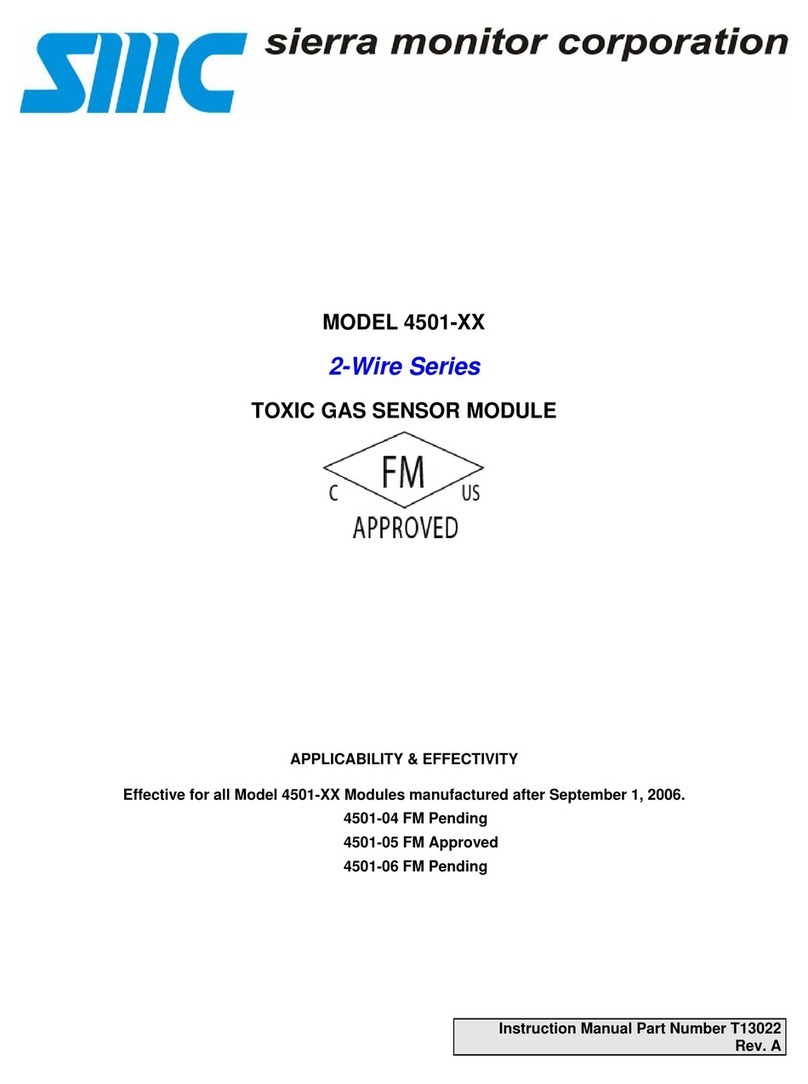
SMC Networks
SMC Networks 4501 Series manual
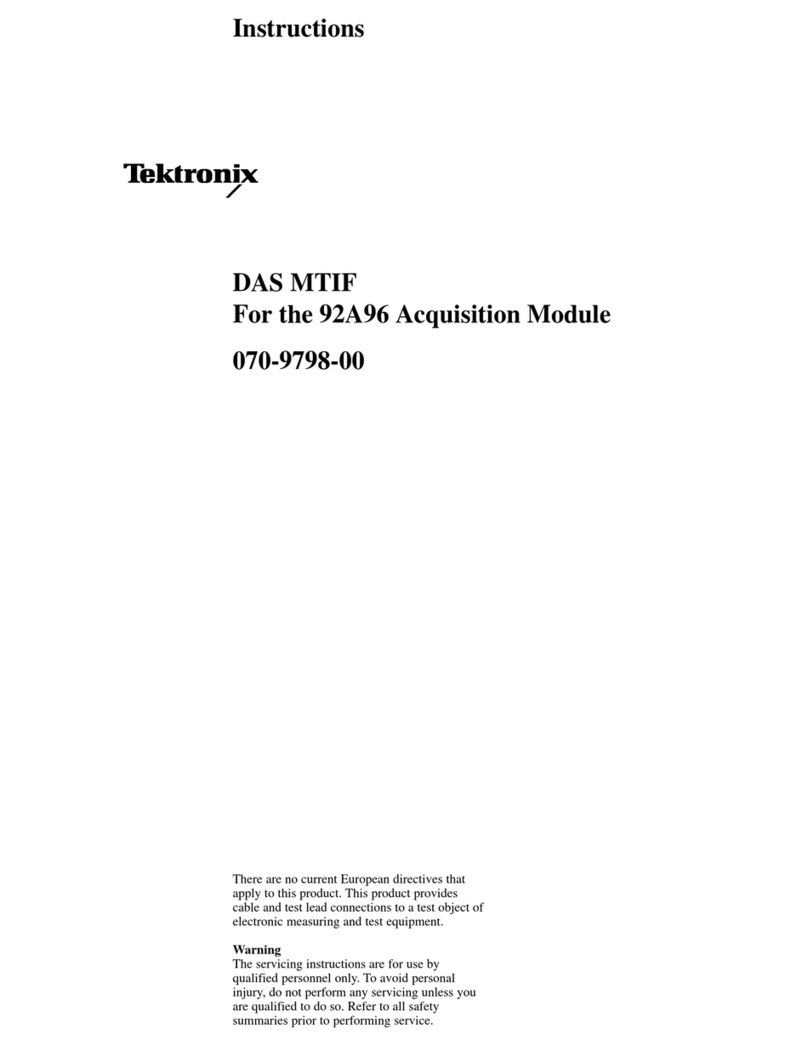
Tektronix
Tektronix DAS MTIF instructions
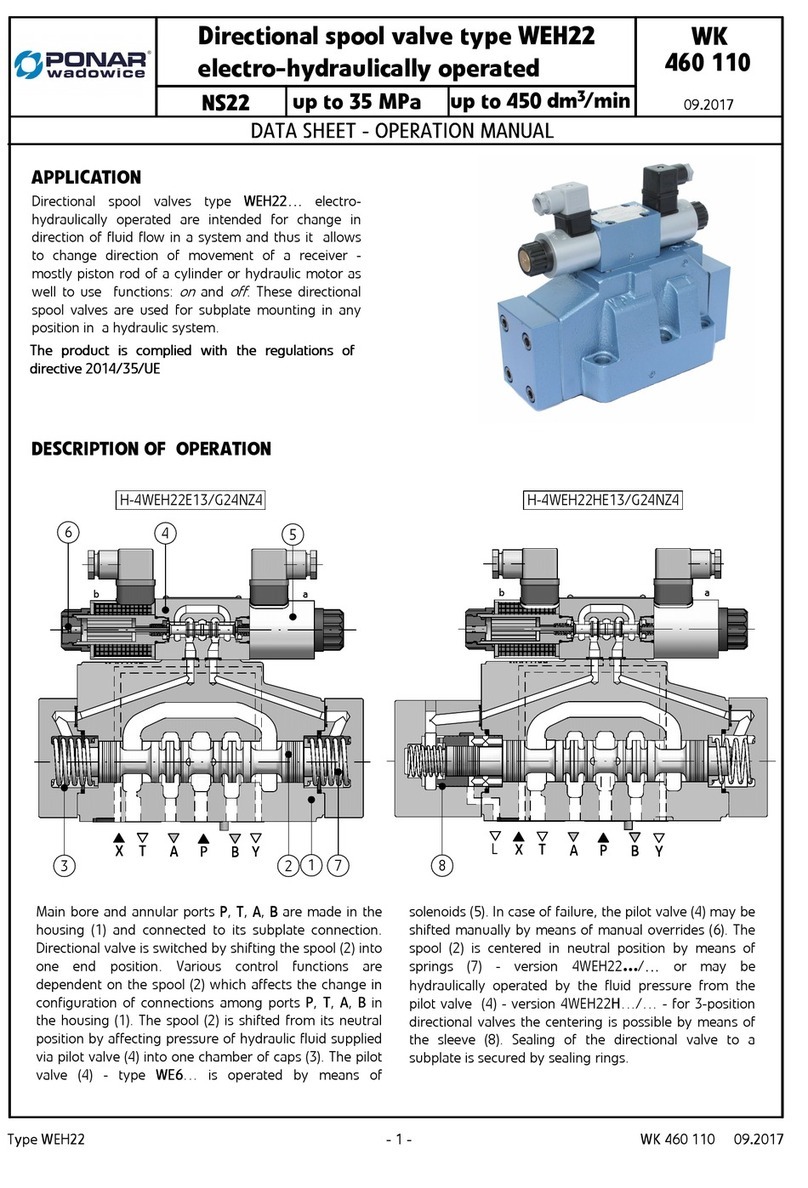
Ponar
Ponar WEH22 Series Operation manual
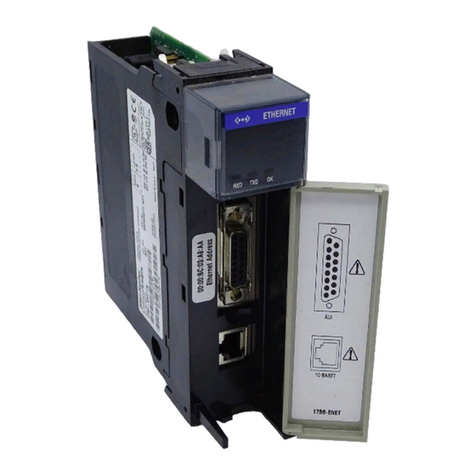
Allen-Bradley
Allen-Bradley ControlLogix 1756-ENET/B user manual
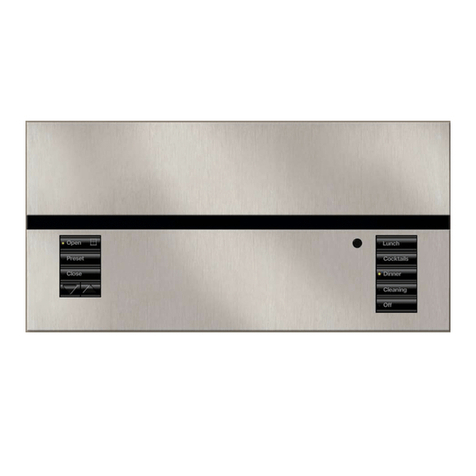
Lutron Electronics
Lutron Electronics GRAFIK Eye QS Quick installation and operation guide
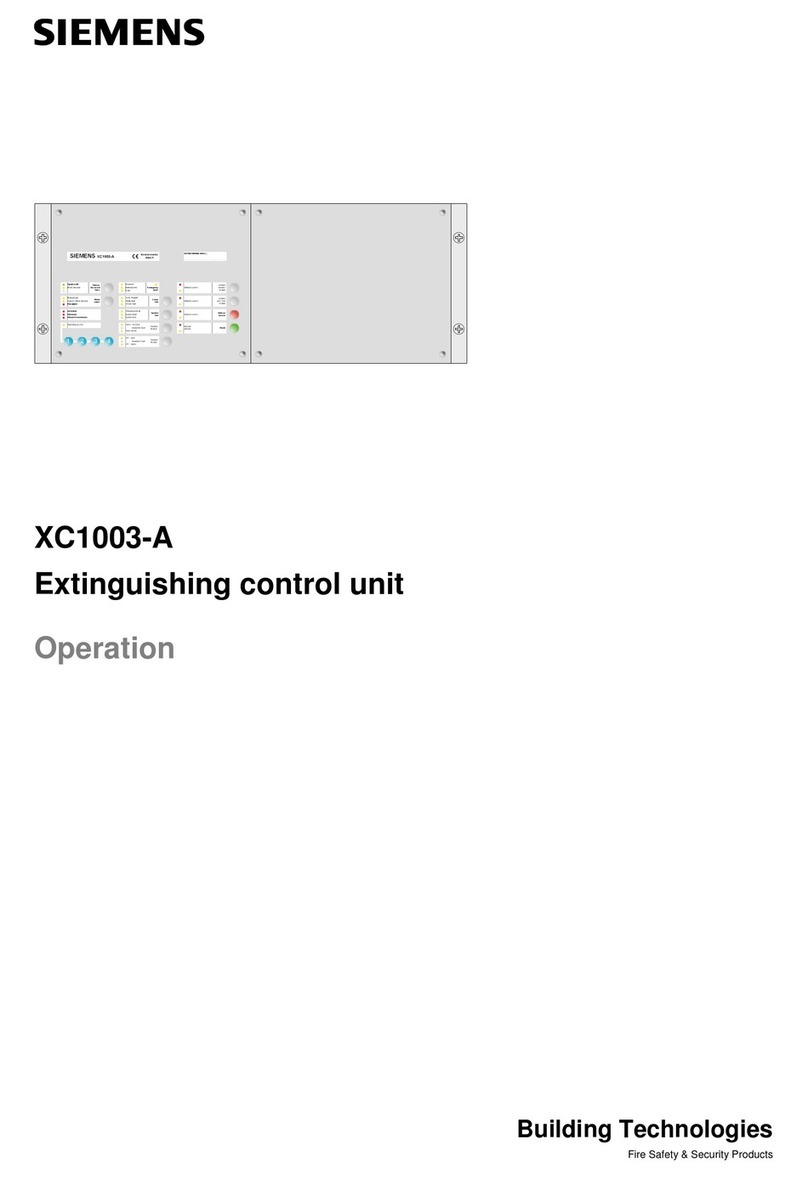
Siemens
Siemens XC1003-A Operation
